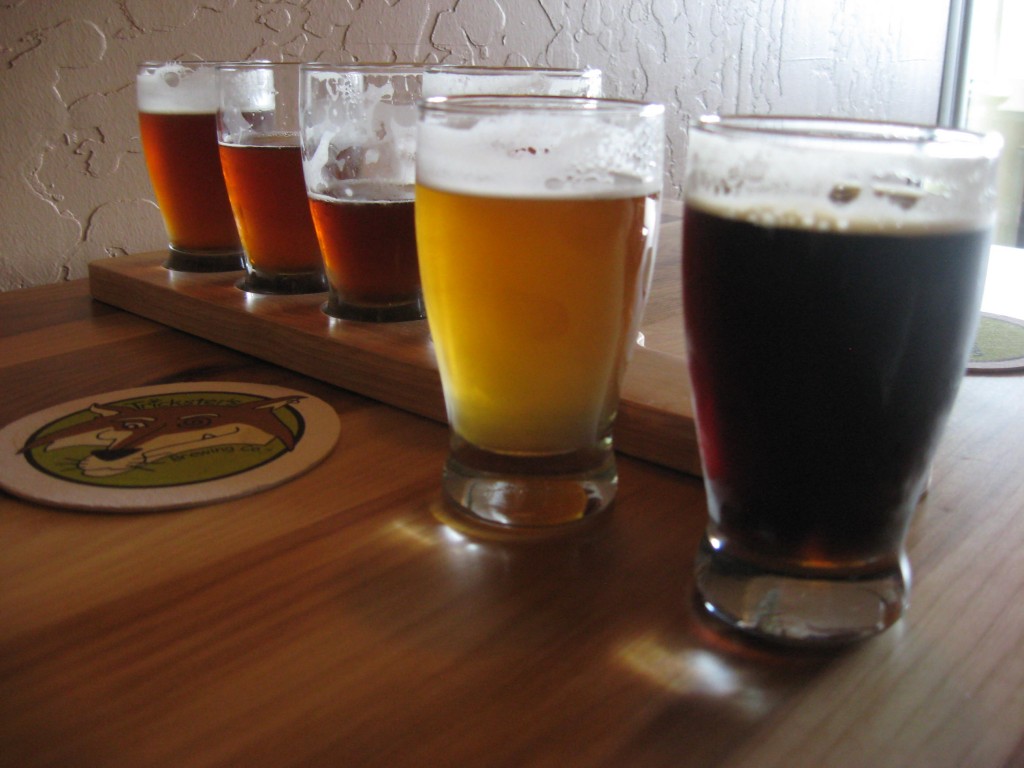
Courtesy Statemaster.com. Stamp commemorating the 1923 beer-related coup event issued years later.
Reported by Ken Carman for professorgoodales.org
Stories abound of stupid things done while visiting your local pub, bar or beer hall. Sometimes things can get strange like patrons passing an obnoxious drunk over their heads on Saint Patty’s Day and tossing him out the door, or drunk streakers who do more stumbling and less streak-ing. But one of the most famous events surrounds a soon to be a lot more famous fellow named Adolf Hitler. If only this event had been the high point of his political career because, if not for those who died, in places it reads a little more like the Stooges than a serious attempt by a world conquer wanna be, mass murderer.













